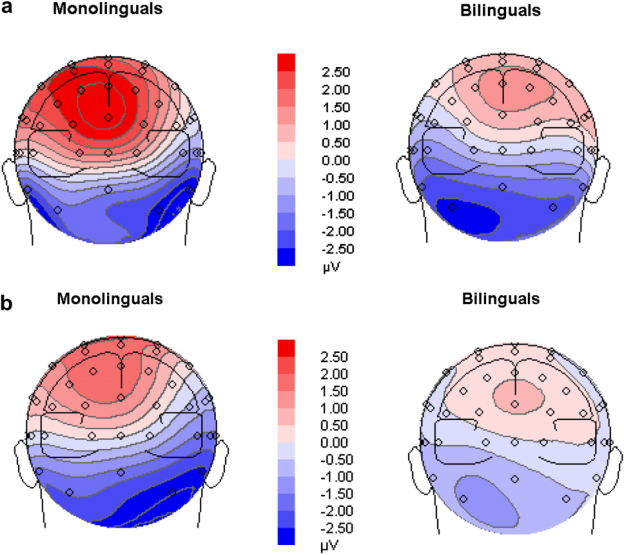
Specialization is centered in the perisylvian cortex of the left hemisphere.

Language acquisition in multilingual individuals is contingent on two factors: age of the language acquisition and proficiency. This article or section may need to be cleaned up or summarized because it has been split from/to Multilingual#Neuroscience.Ĭentralization of language areas in the brain Studies with bimodal bilinguals have also provided insight into the tip of the tongue phenomenon, working memory, and patterns of neural activity when recognizing facial expressions, signing, and speaking. Research has also been carried out into the neurology of bimodal bilinguals, or people who can speak one oral language and one sign language. These patterns are explained by the dynamic view of bilingual aphasia, which holds that the language system of representation and control is compromised as a result of brain damage. Bilingual aphasics can show several different patterns of recovery they may recover one language but not another, they may recover both languages simultaneously, or they may involuntarily mix different languages during language production during the recovery period. Insights into the neurology of multilingualism have been gained by the study of multilingual individuals with aphasia, or the loss of one or more languages as a result of brain damage. In multilingual individuals, there is a great deal of similarity in the brain areas used for each of their languages. These areas are crucial for performing language tasks, but they are not the only areas that are used disparate parts of both right and left brain hemispheres are active during language production. The brain contains areas that are specialized to deal with language, located in the perisylvian cortex of the left hemisphere. Neurological studies of multilingualism are carried out with functional neuroimaging, electrophysiology, and through observation of people who have suffered brain damage. These include the representation of different language systems in the brain, the effects of multilingualism on the brain's structural plasticity, aphasia in multilingual individuals, and bimodal bilinguals (people who can speak one sign language and one oral language). Various aspects of multilingualism have been studied in the field of neurology. ( August 2010) ( Learn how and when to remove this template message) Please help improve it by rewriting it in an encyclopedic style. Studies have shown that bilingualism may also reduce the risk of Alzheimer’s disease.This article is written like a personal reflection, personal essay, or argumentative essay that states a Wikipedia editor's personal feelings or presents an original argument about a topic. This shows that speaking more than one language may inhibit cognitive decline and help preserve the brain’s white matter. However, scientists have shown through diffusion tensor imaging, which shows the quality and location of white matter in the brain, that older bilingual people had more and higher quality white matter than monolingual people of the same age. Studies have shown that speaking more than one language may actually slow cognitive decline as bilingual and multilingual people grow older.Īs people age, the amount of white matter in the brain naturally begins to decline. Being bilingual helps maintain brain structure, prevents cognitive decline Bilinguals, when talking to other people who speak the same languages, often speak in a mix of both tongues to better express themselves.

Many bilingual people have likely told others about a word in one language that simply cannot be translated into another. It can also help them express things in one language that may be absent in the other. Seamlessly switching from one language to another, called “code switching,” may also help bilingual people juggle multiple complex tasks at once and keep their brains active.


 0 kommentar(er)
0 kommentar(er)
